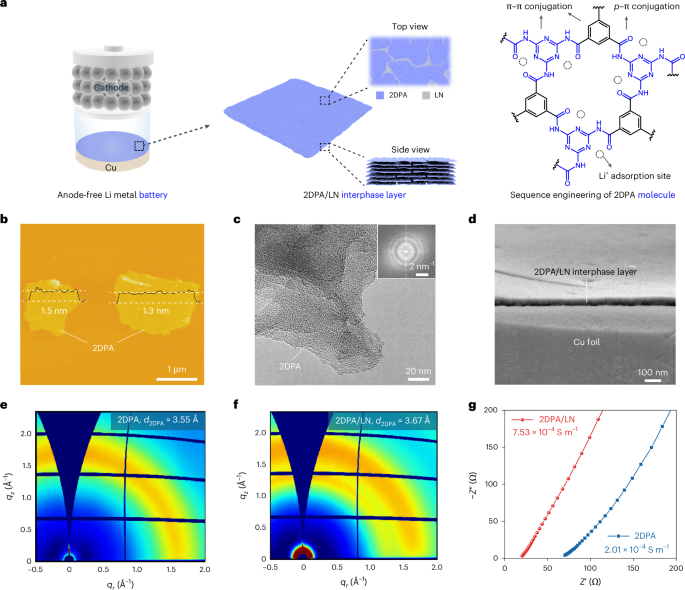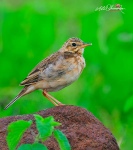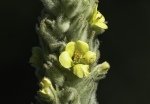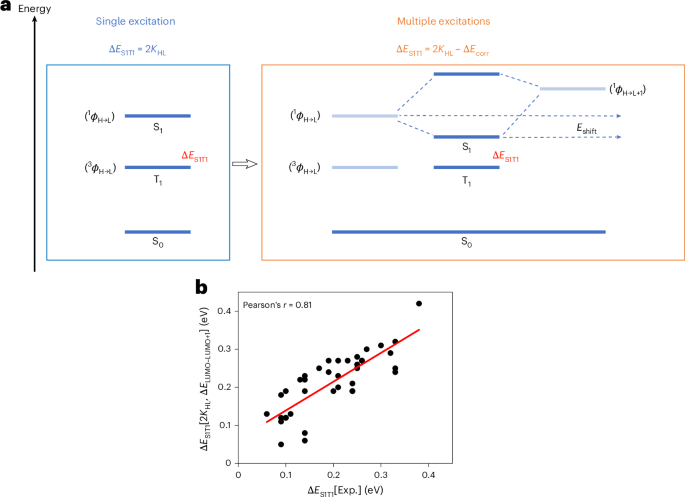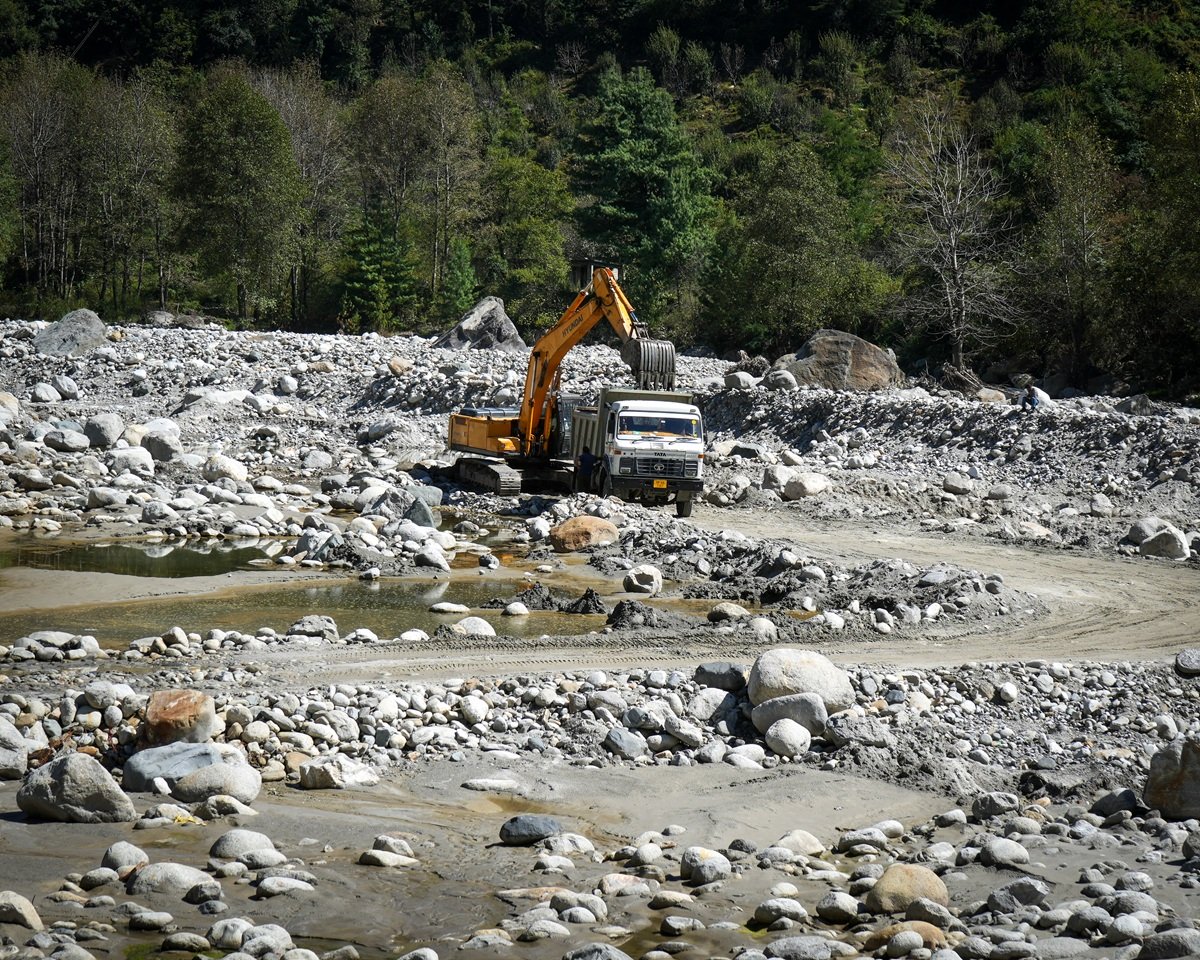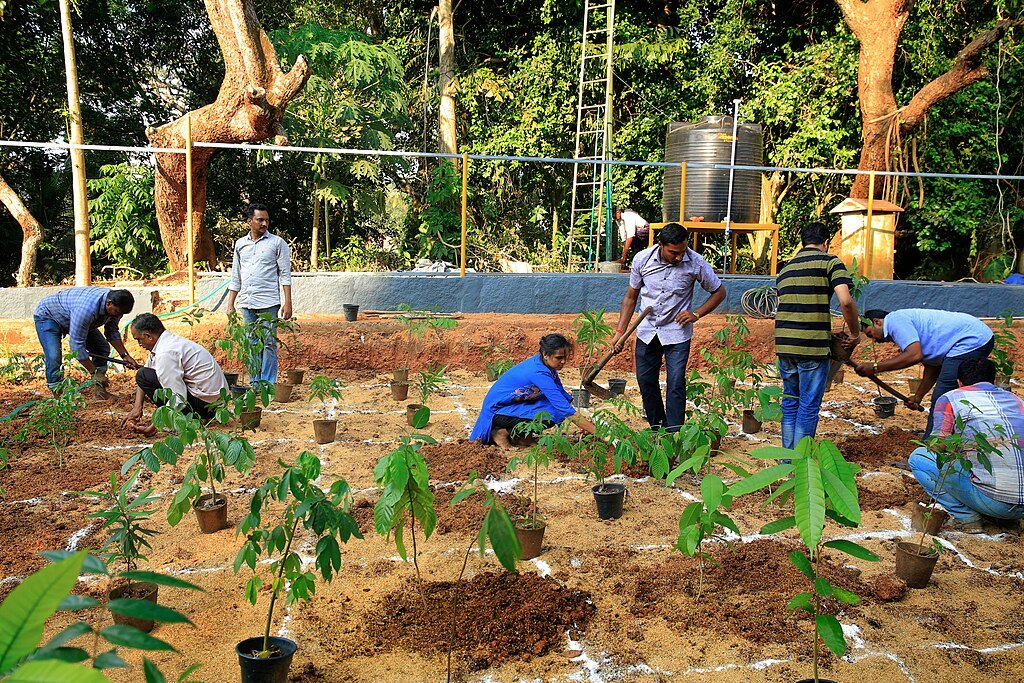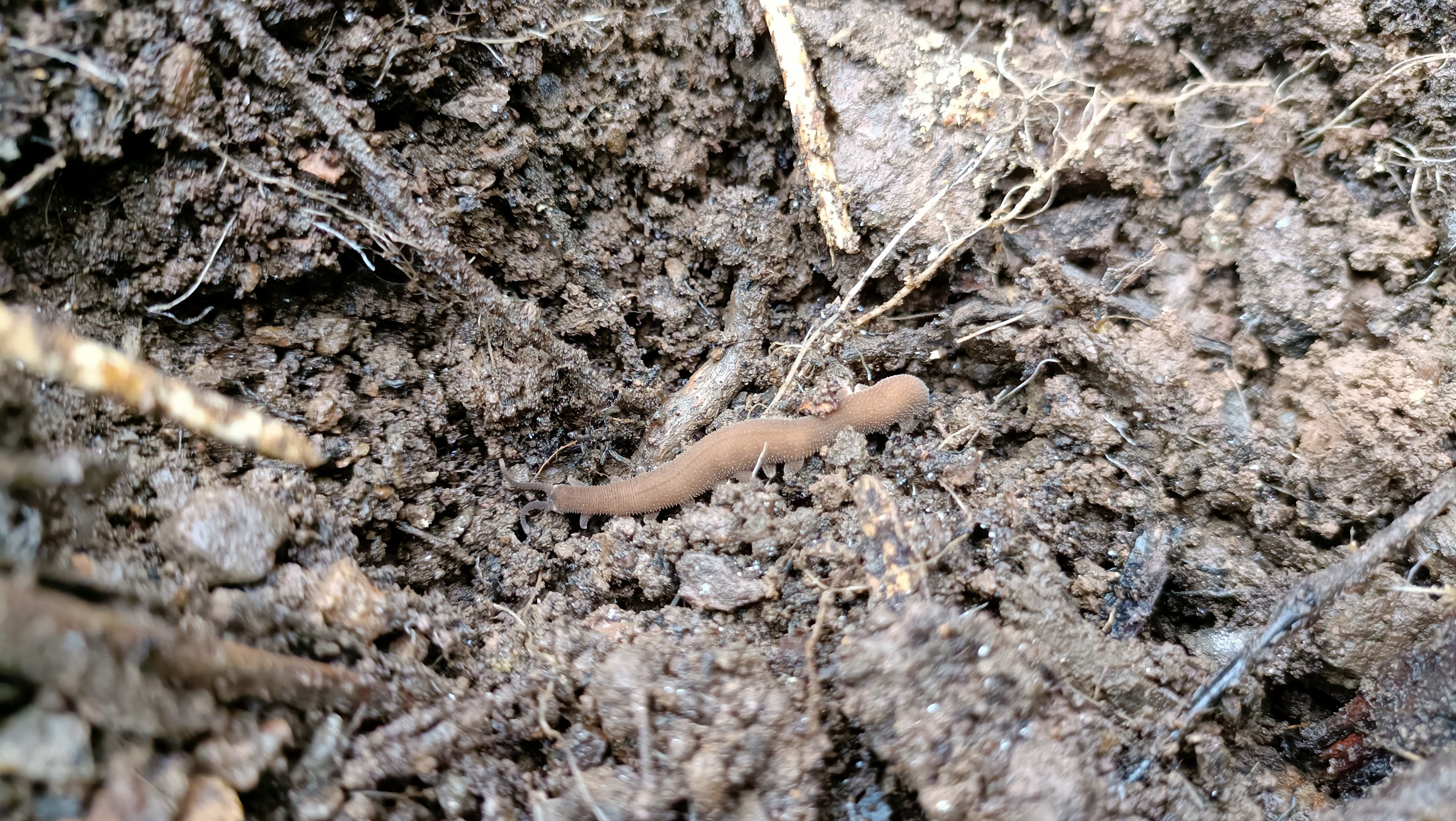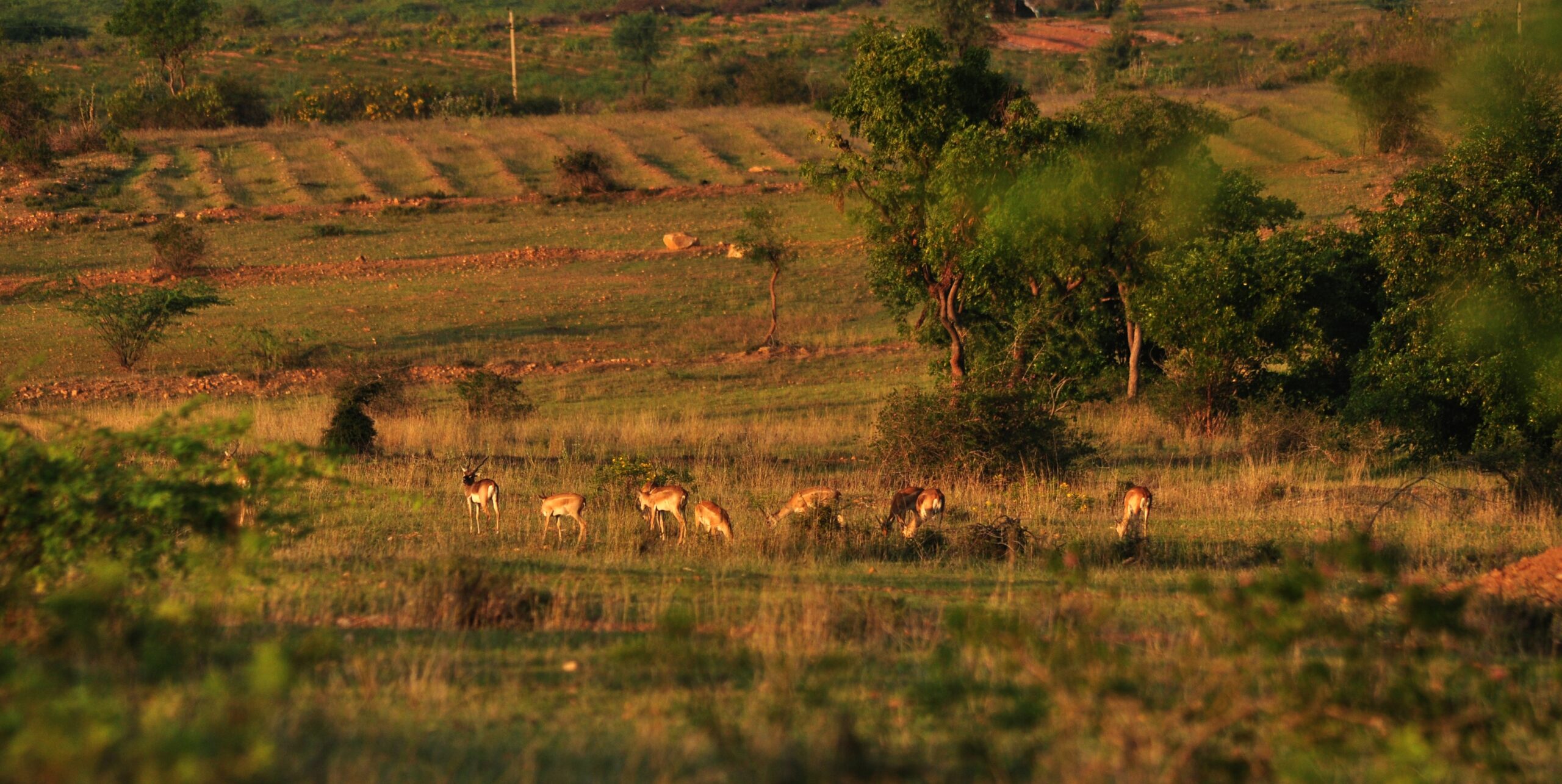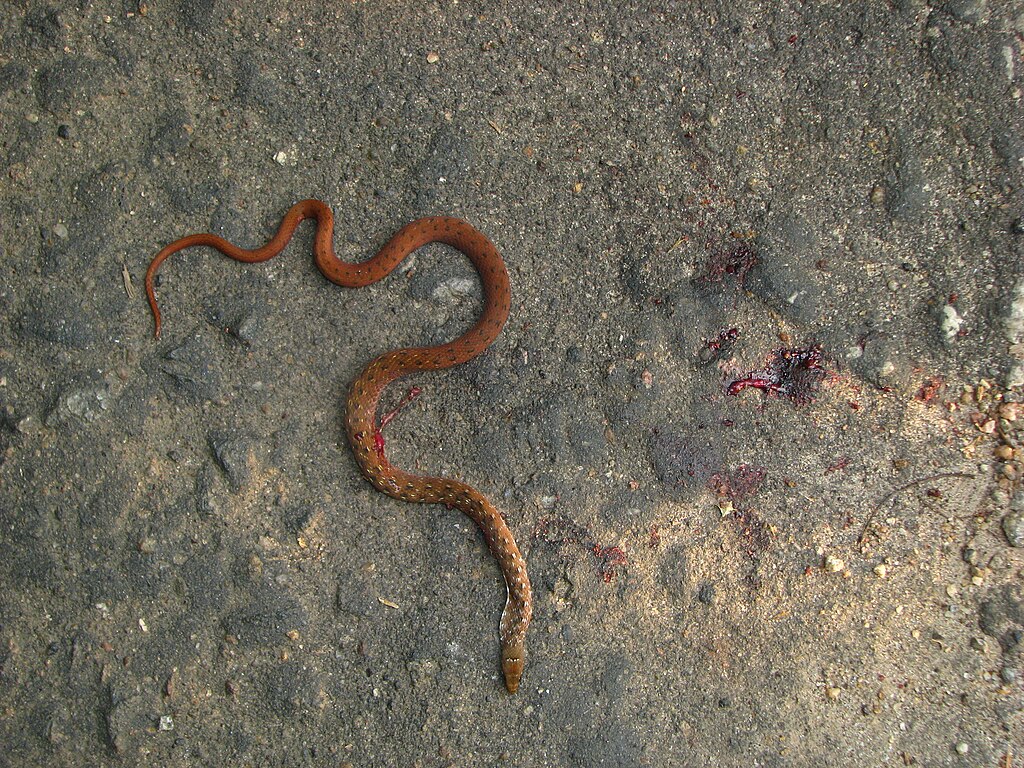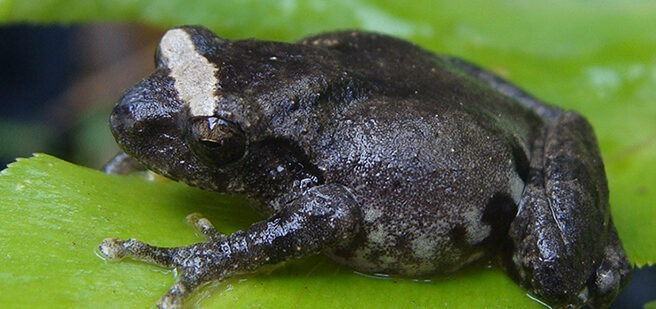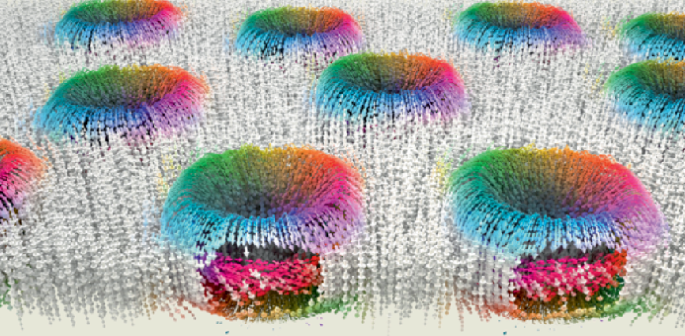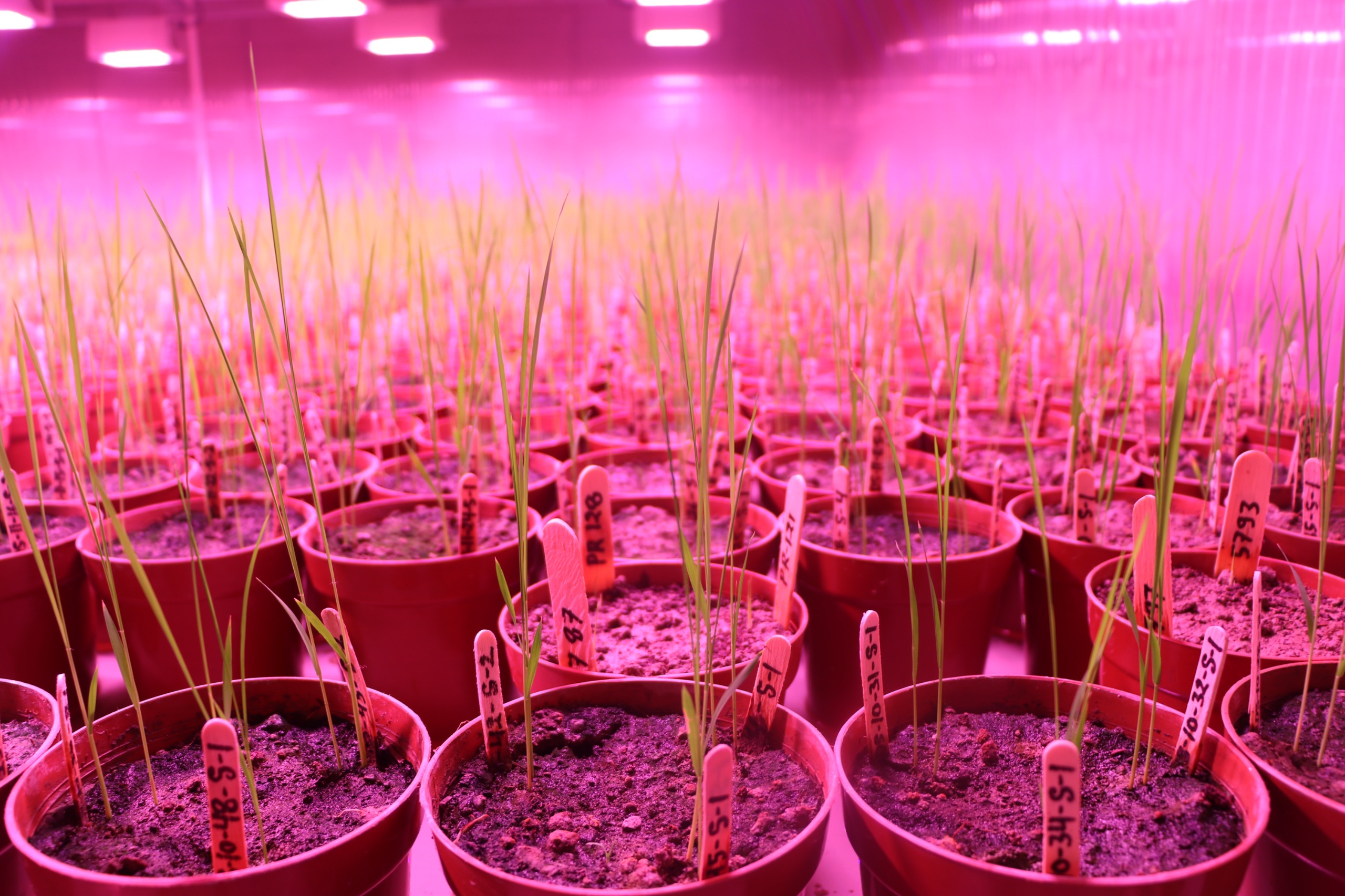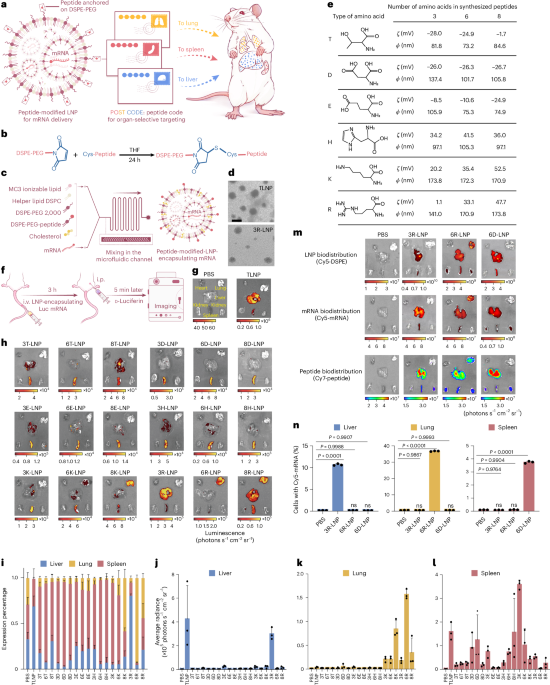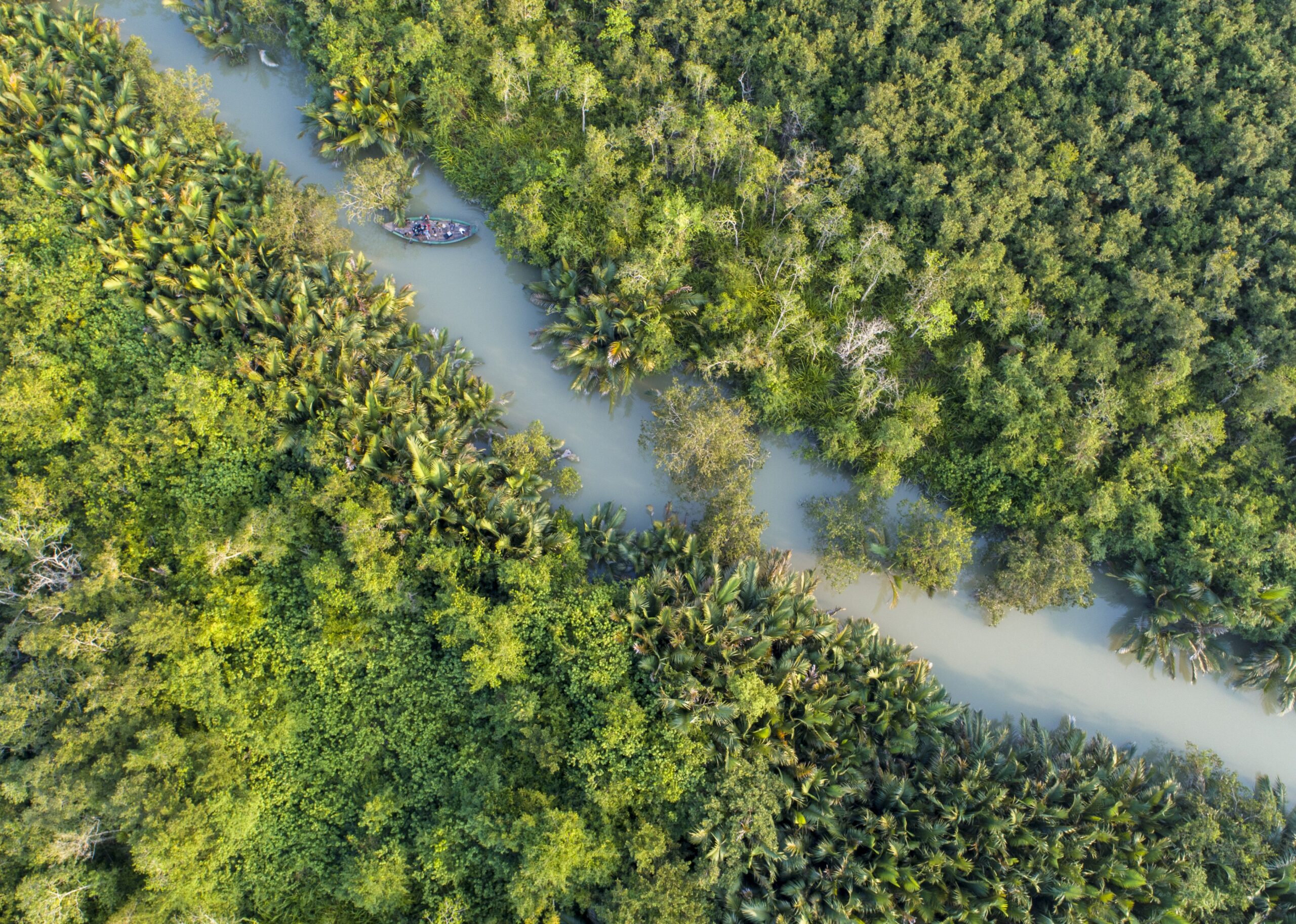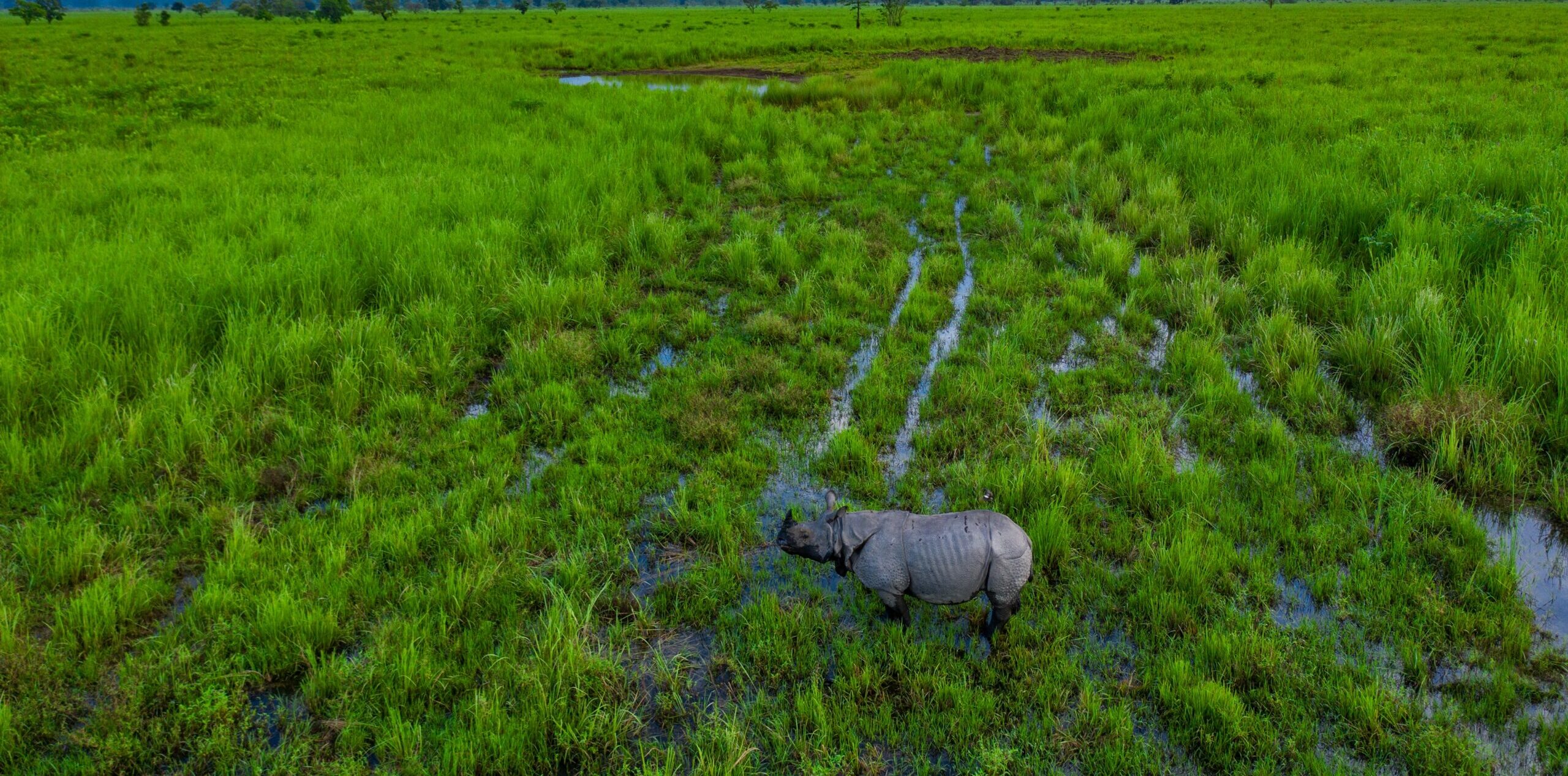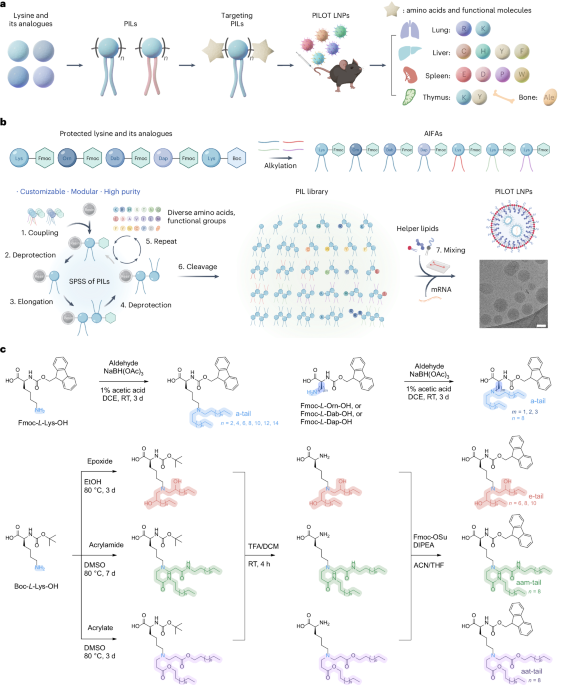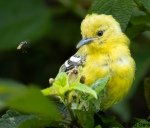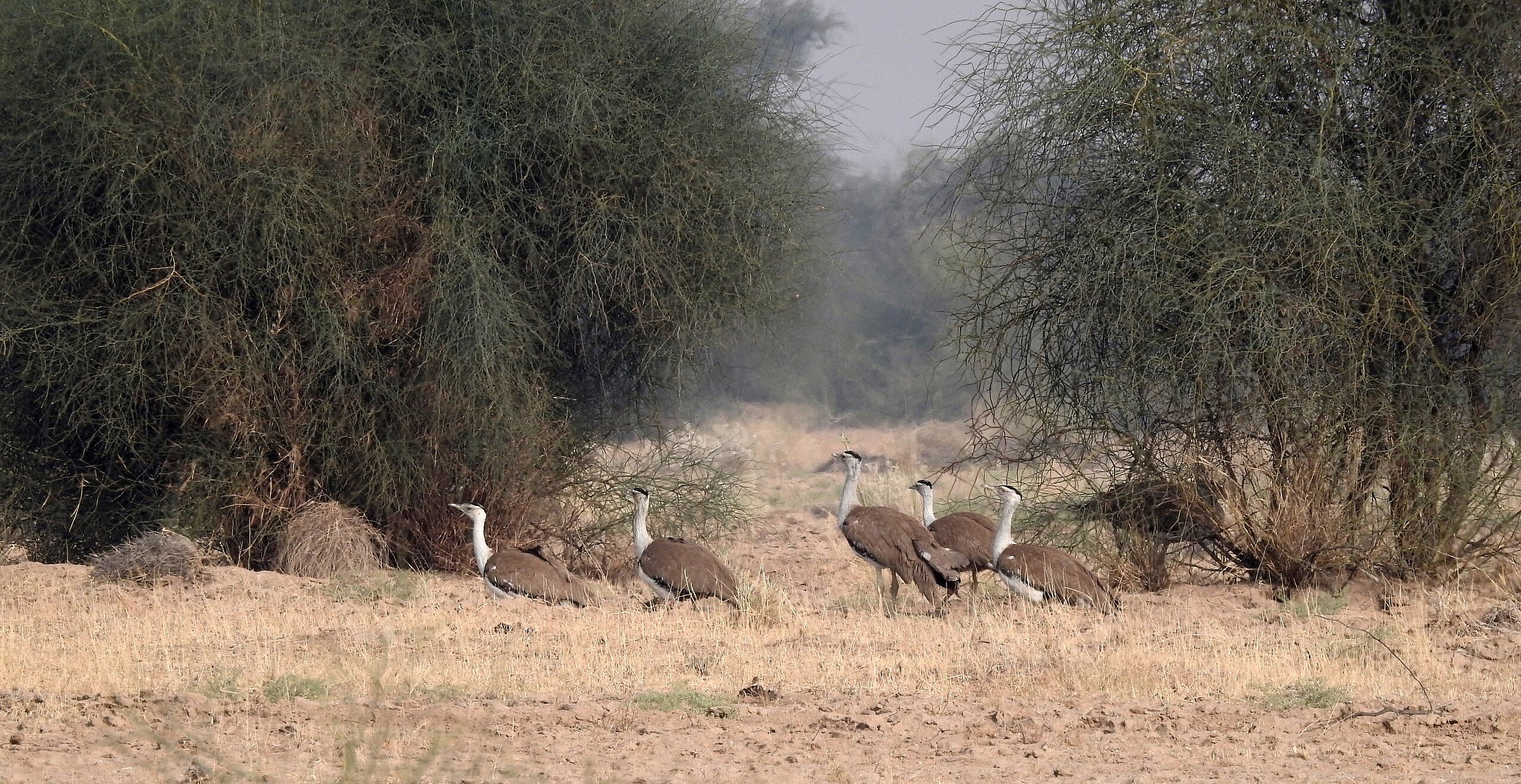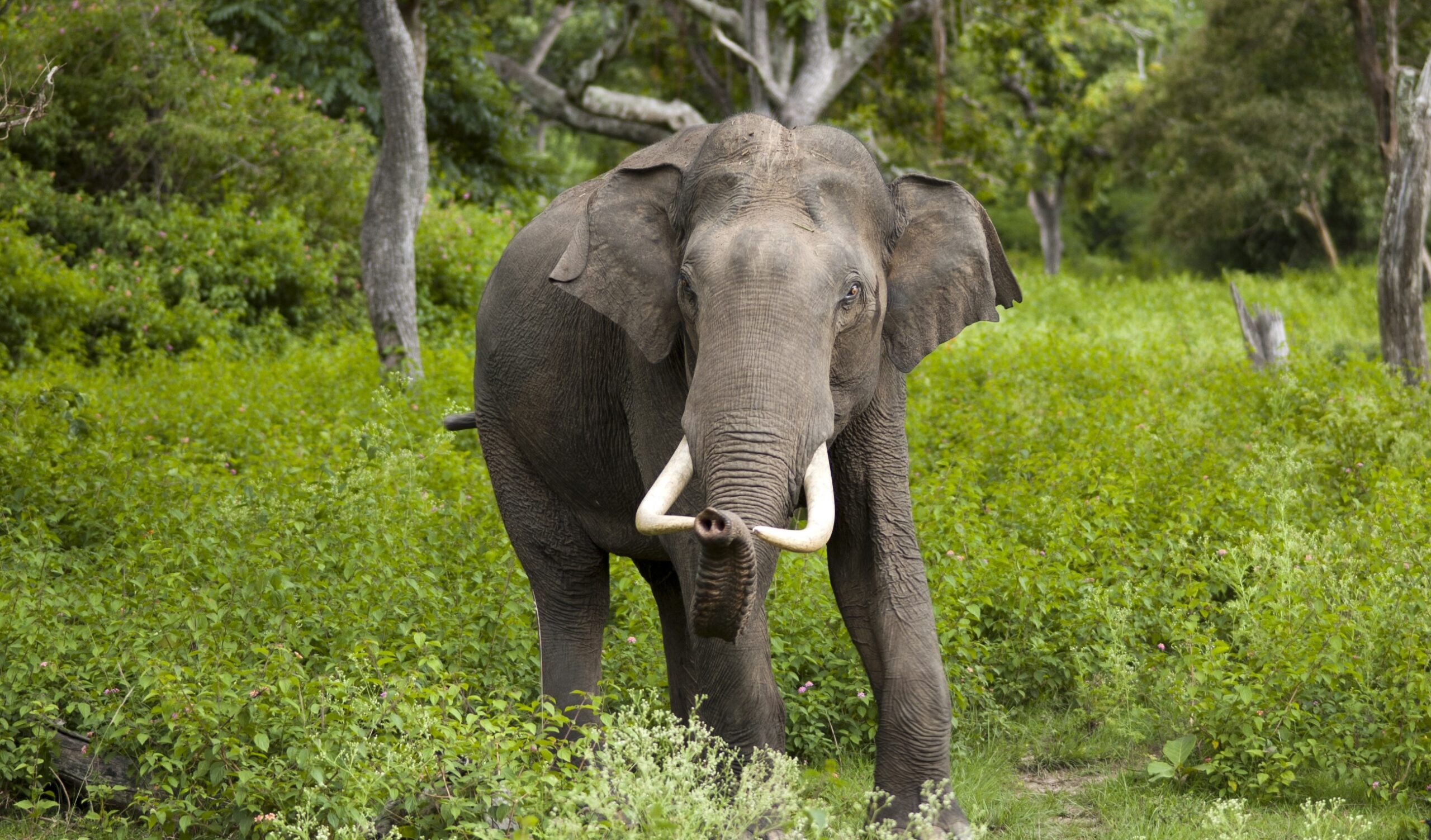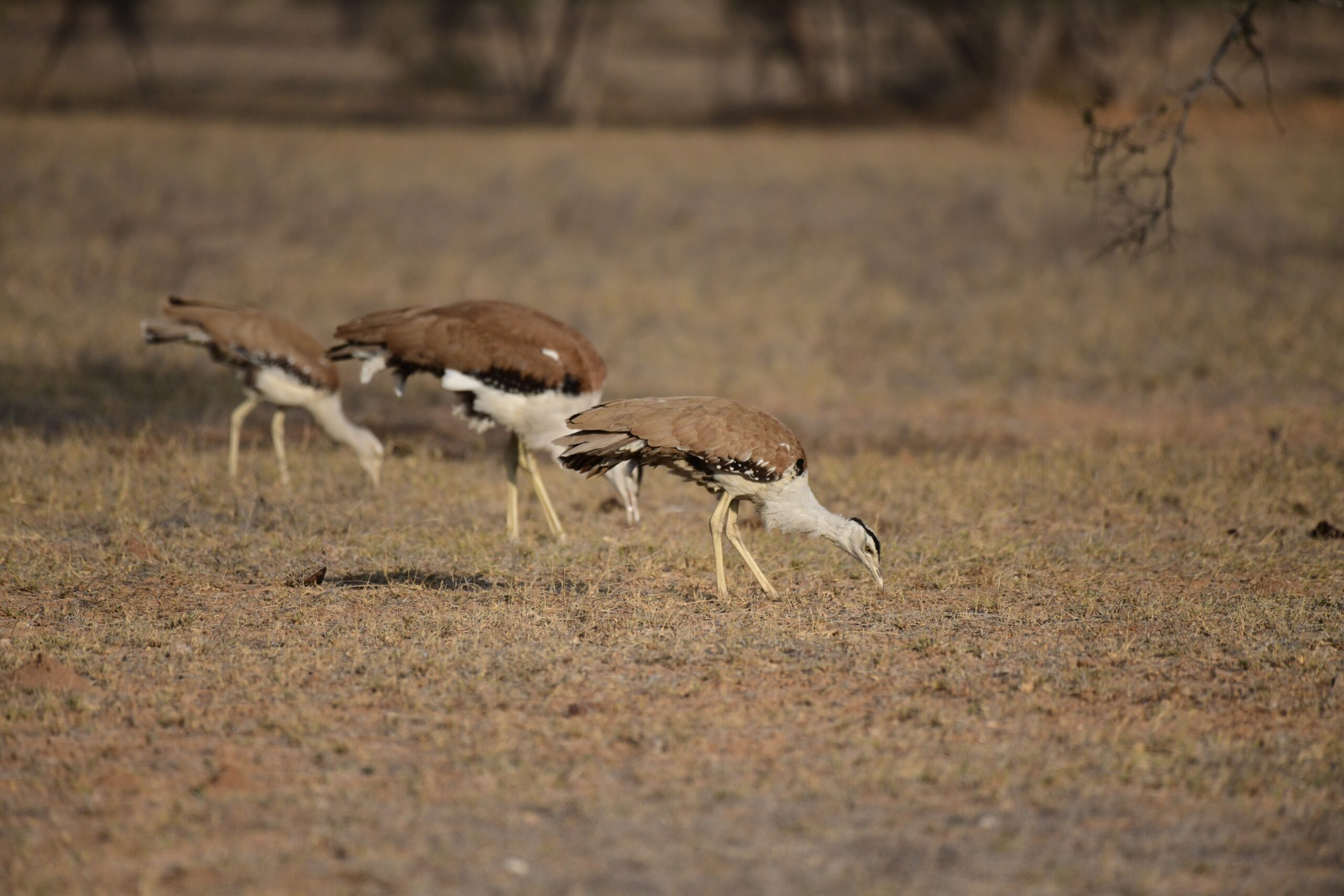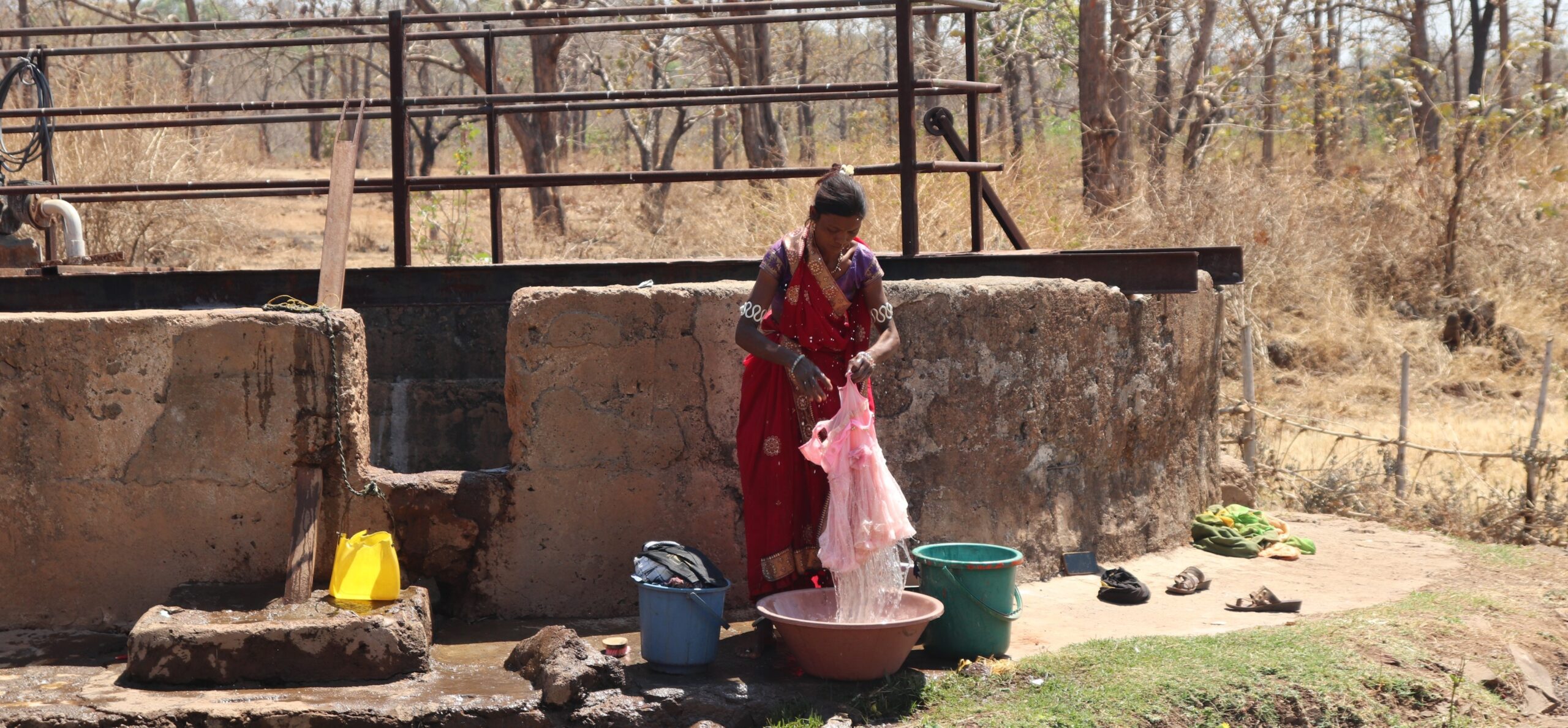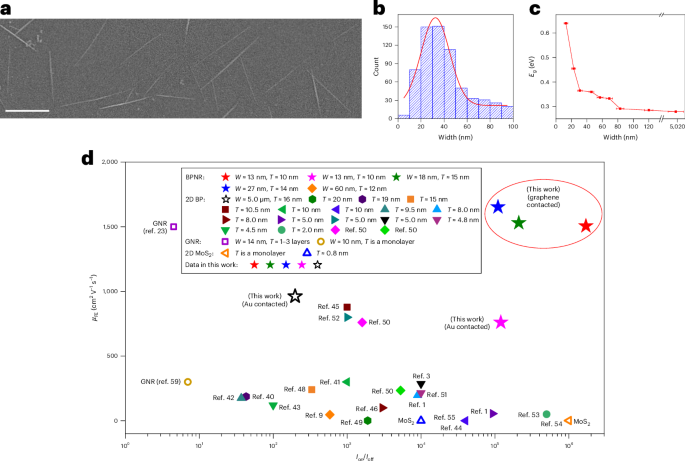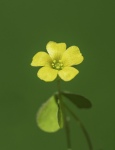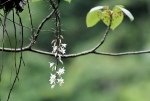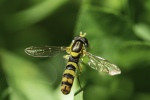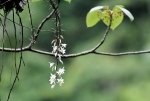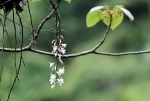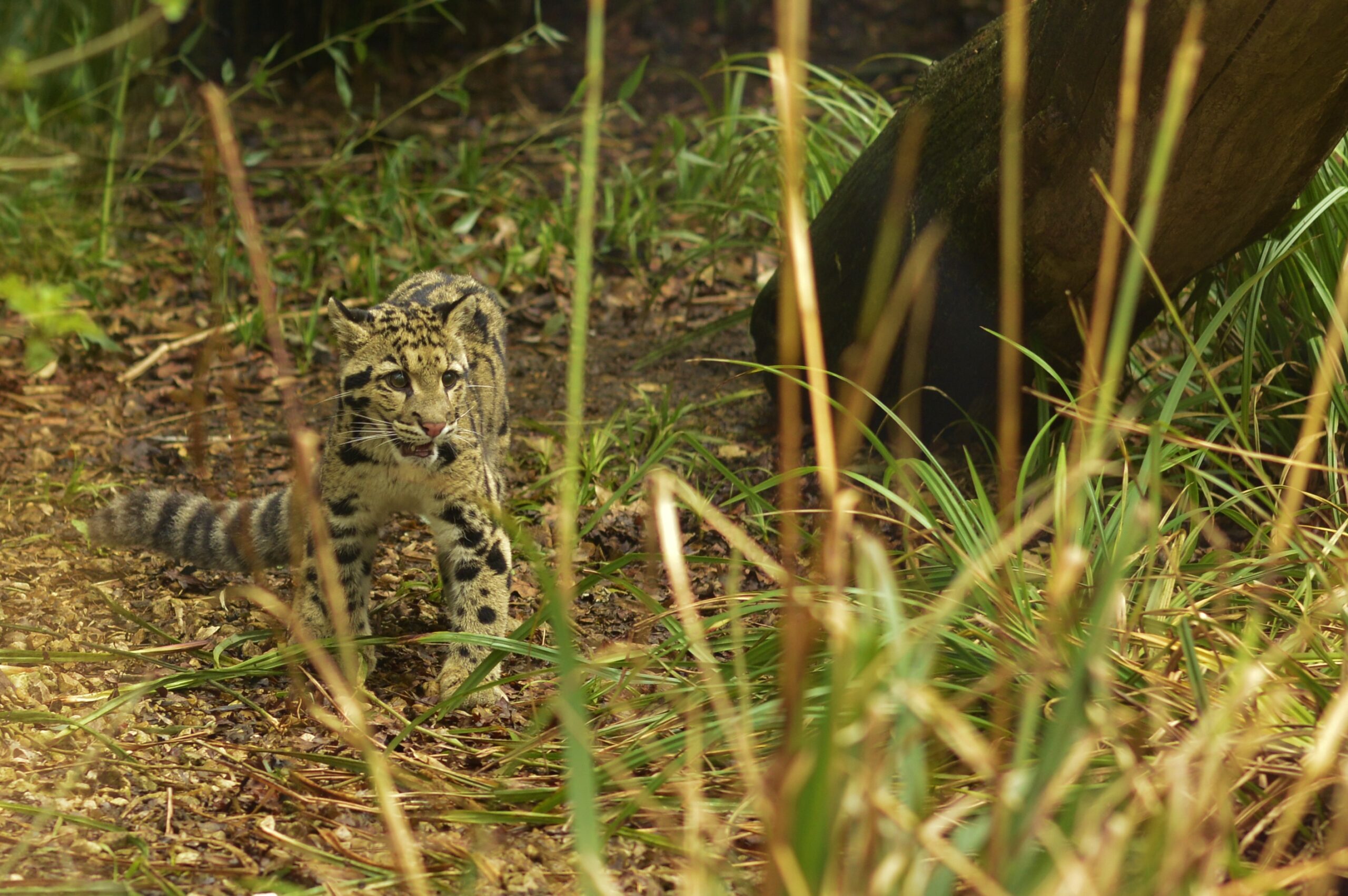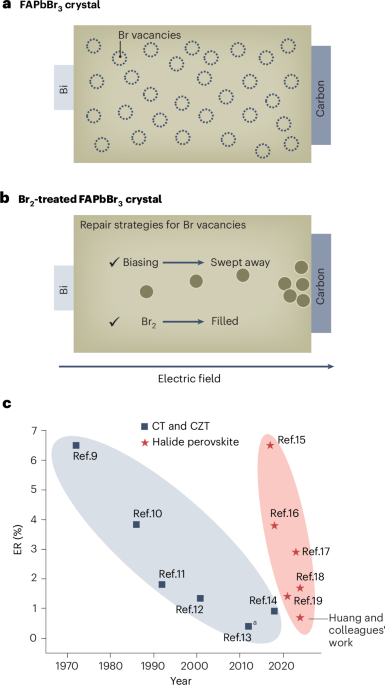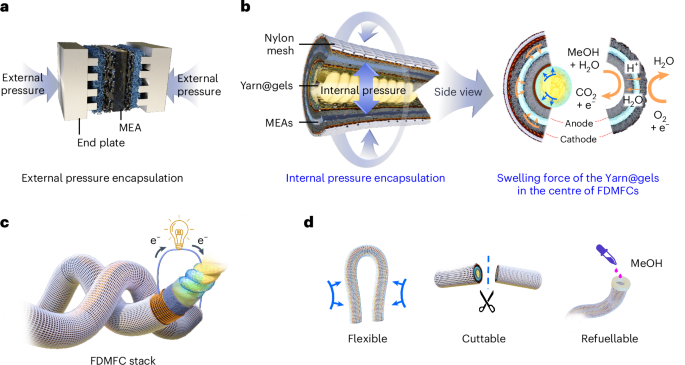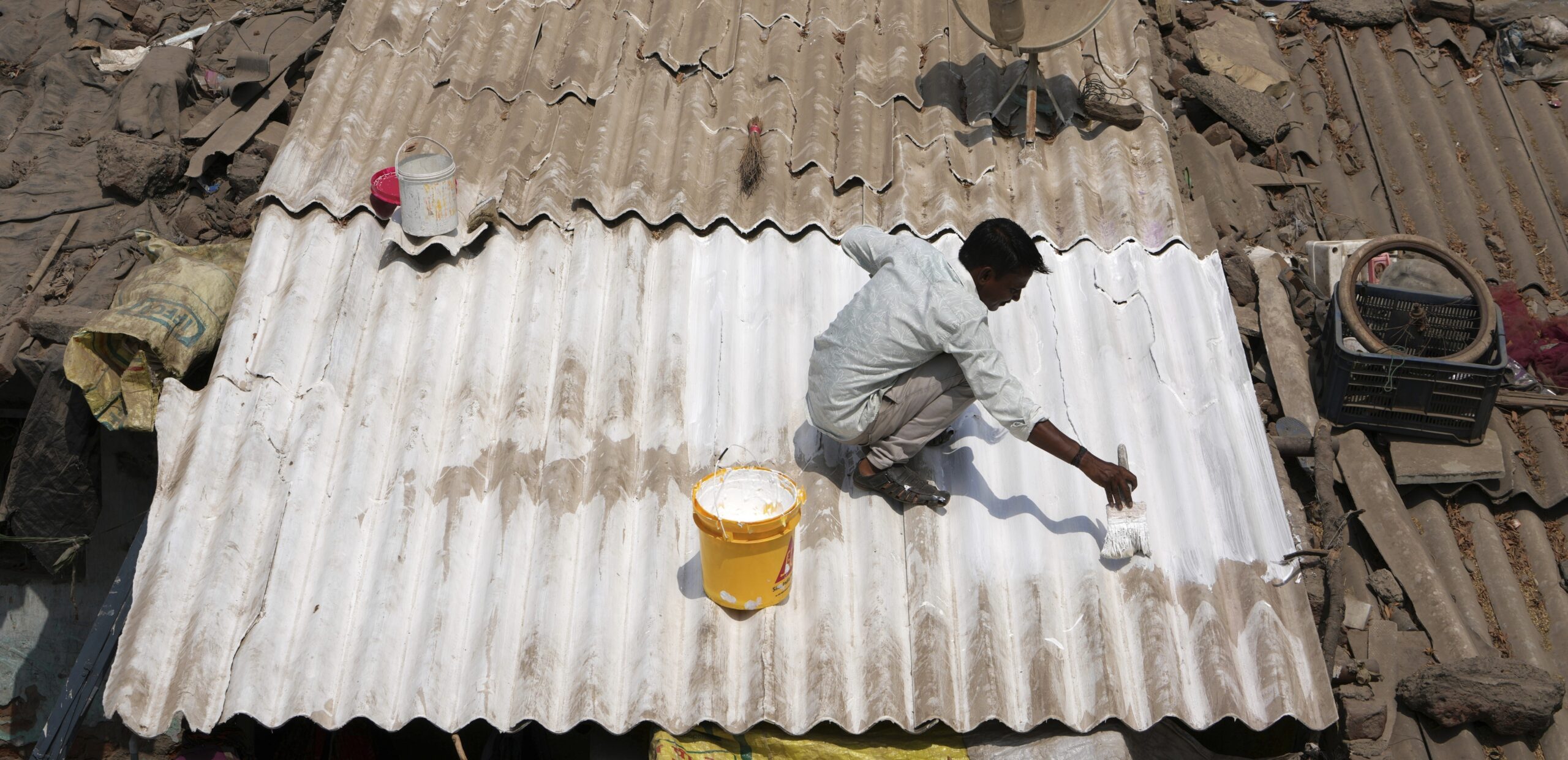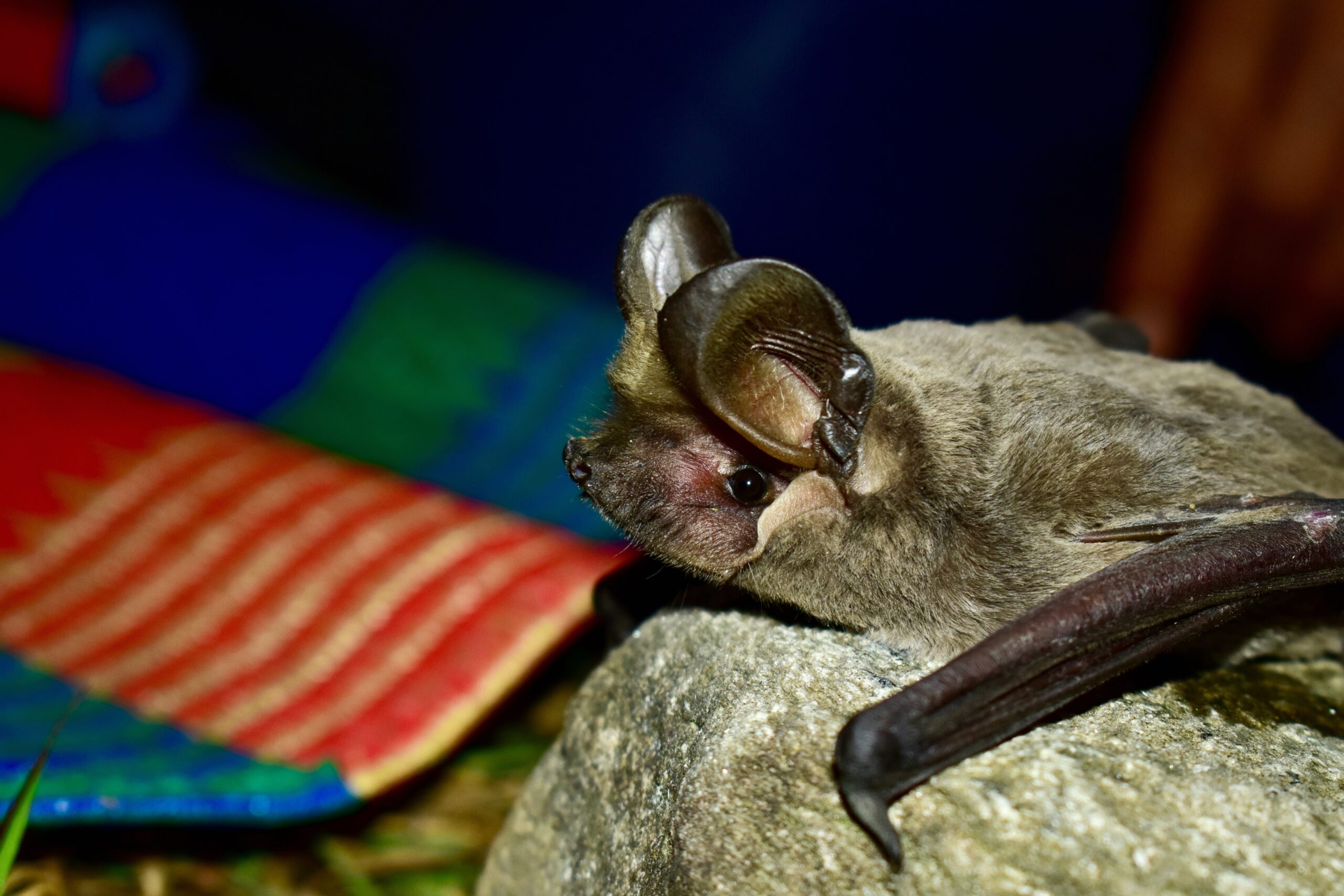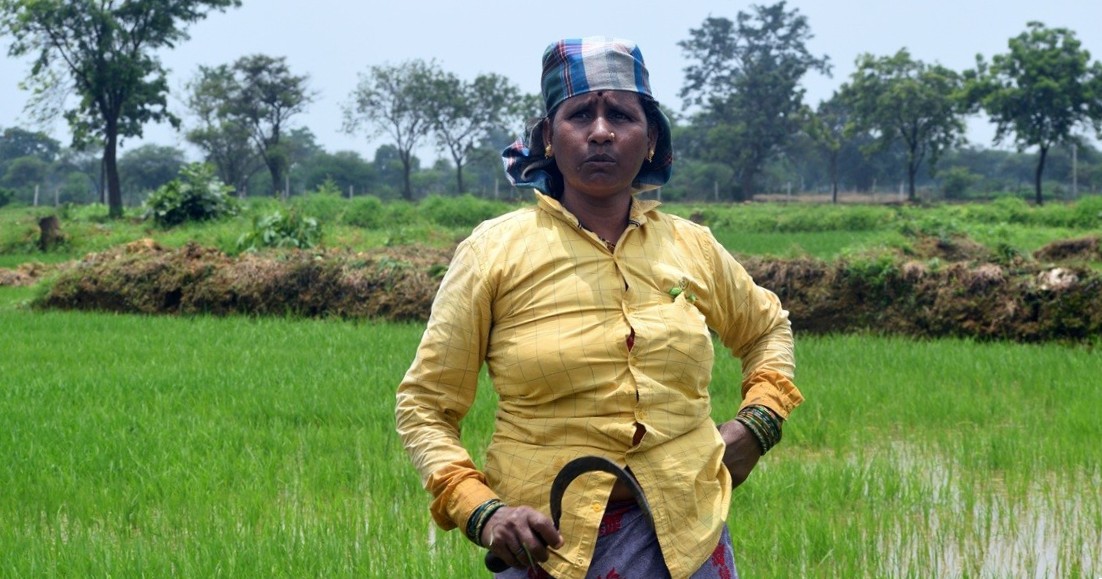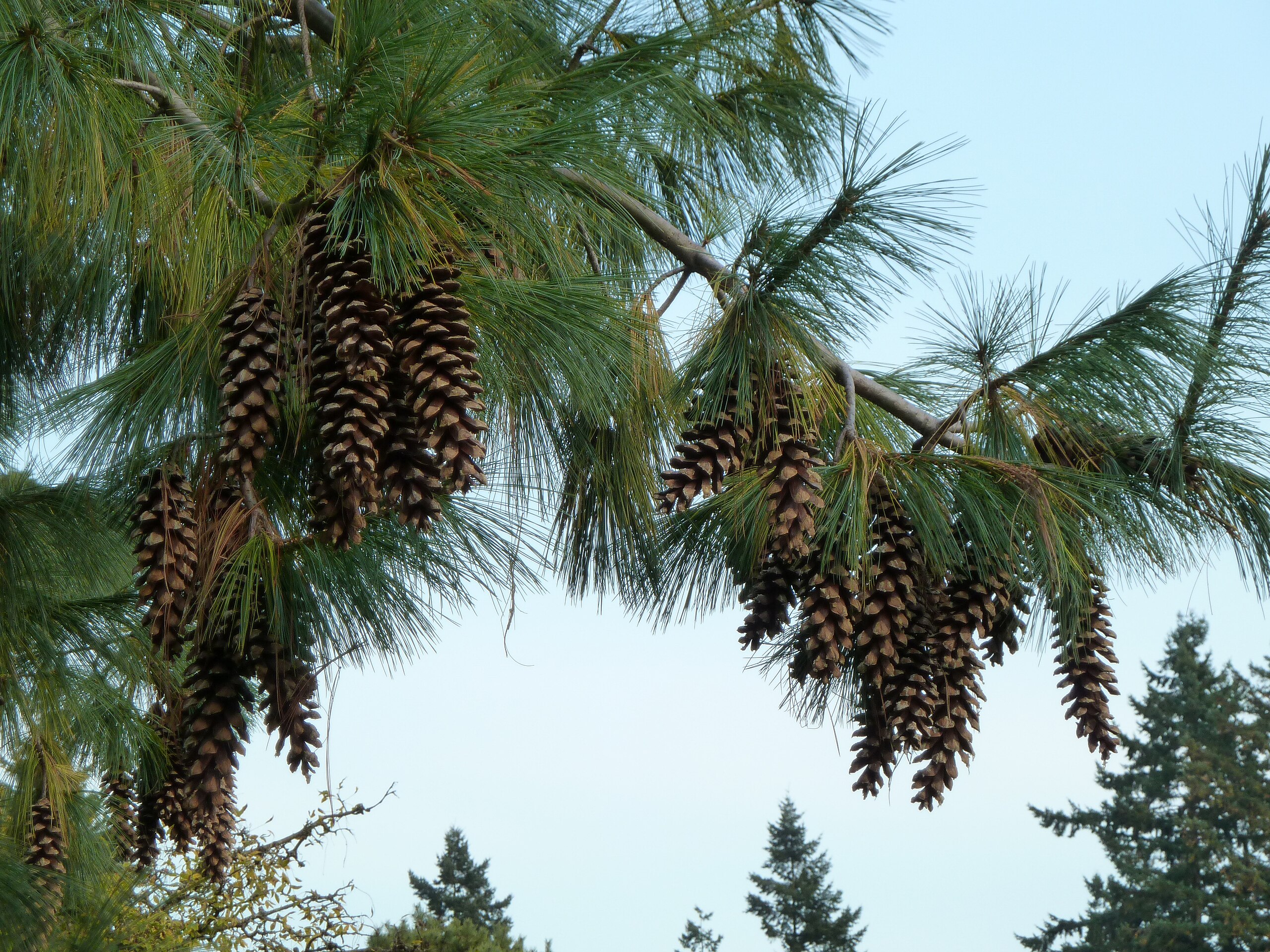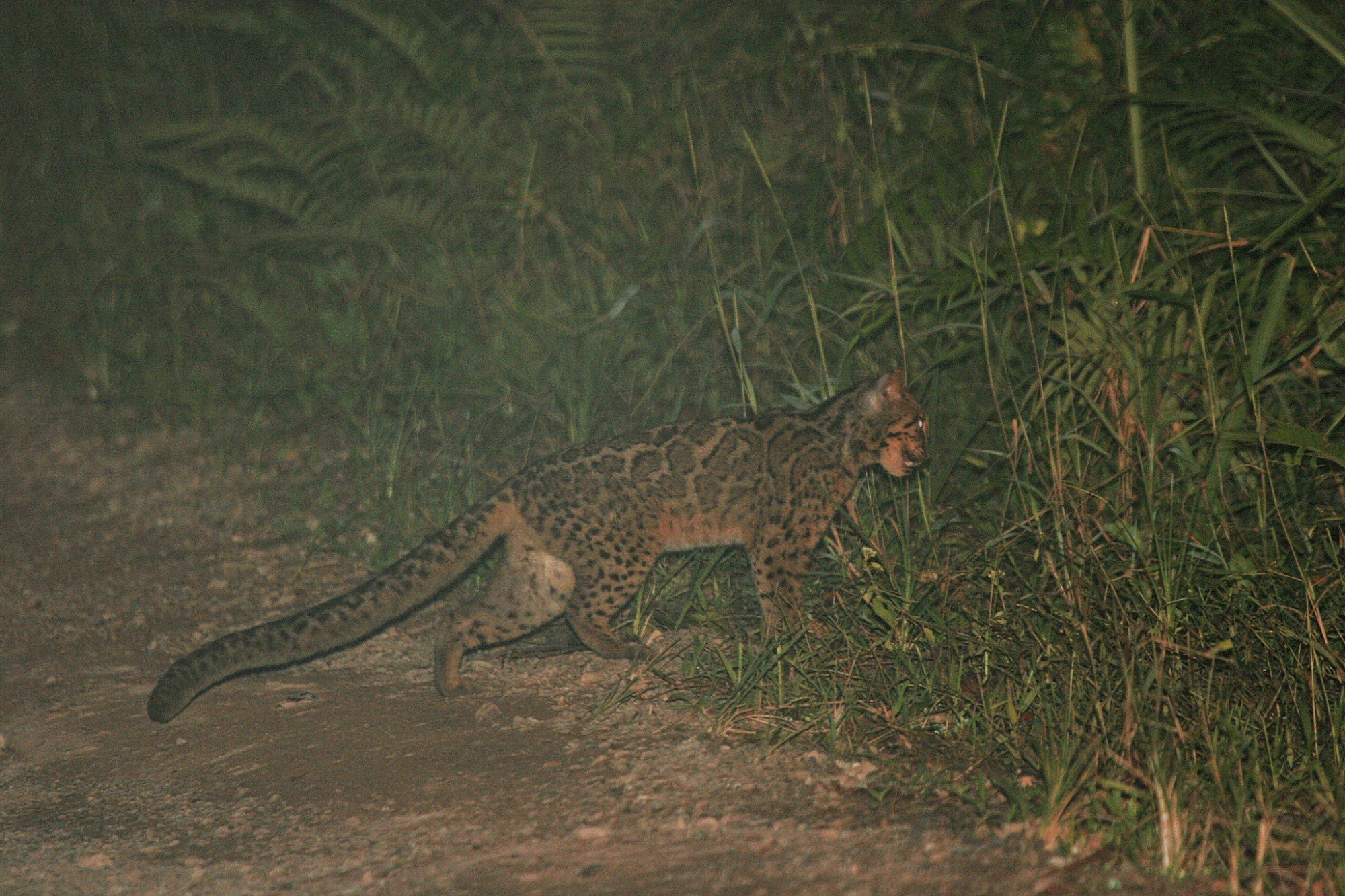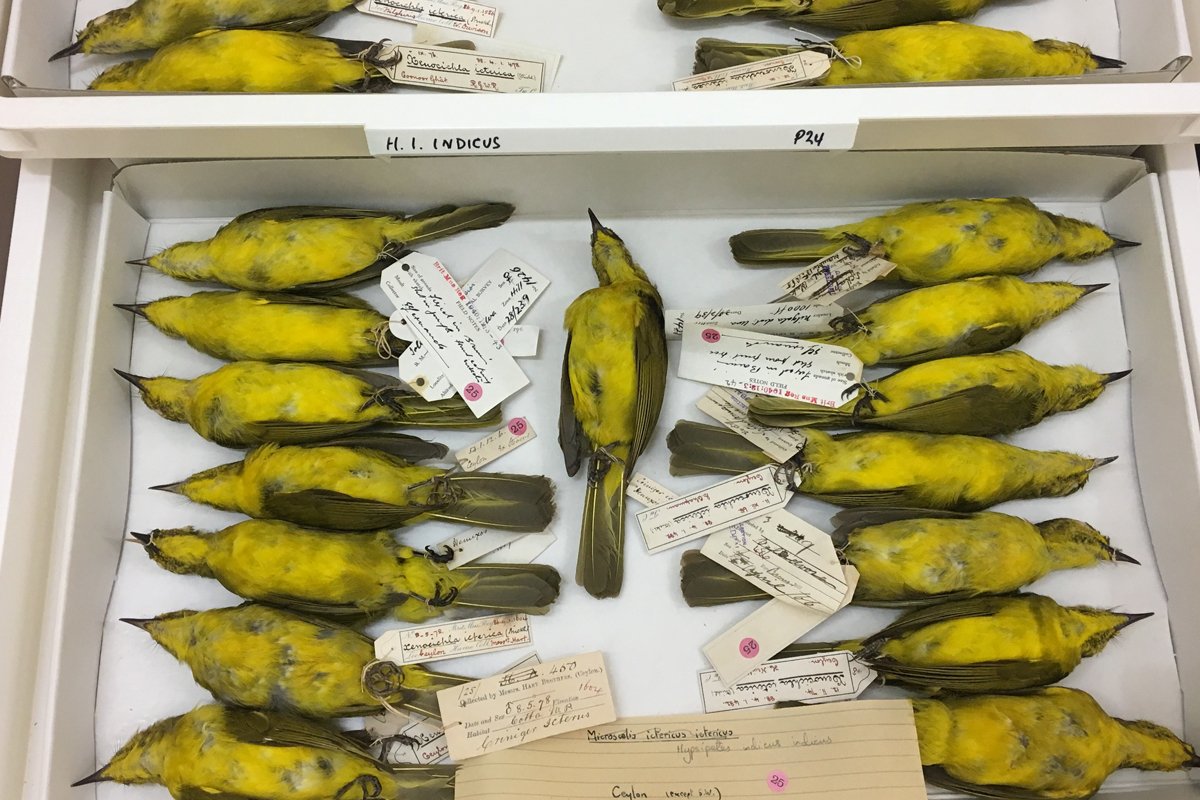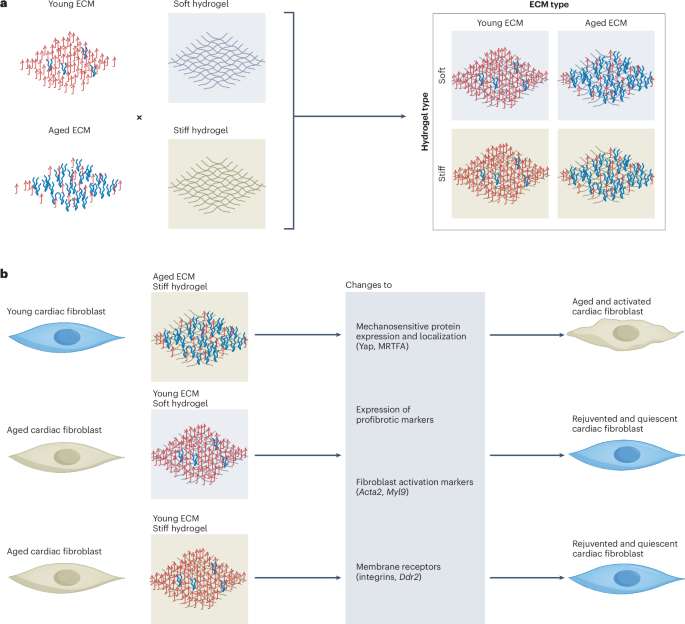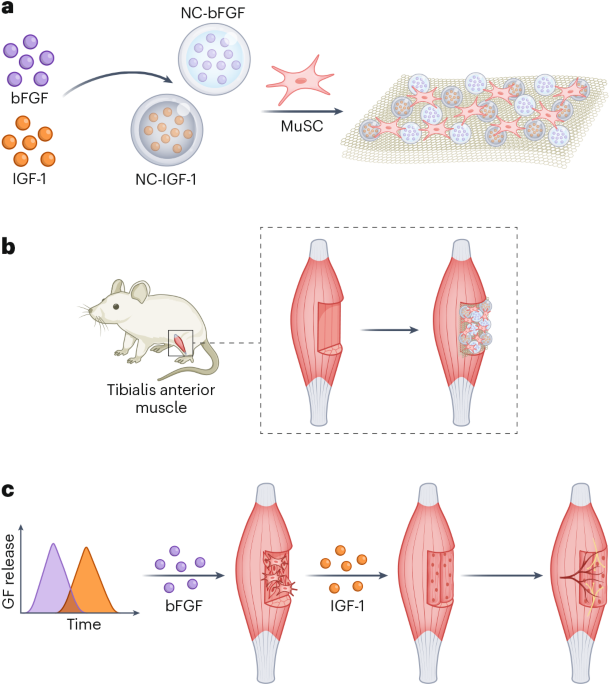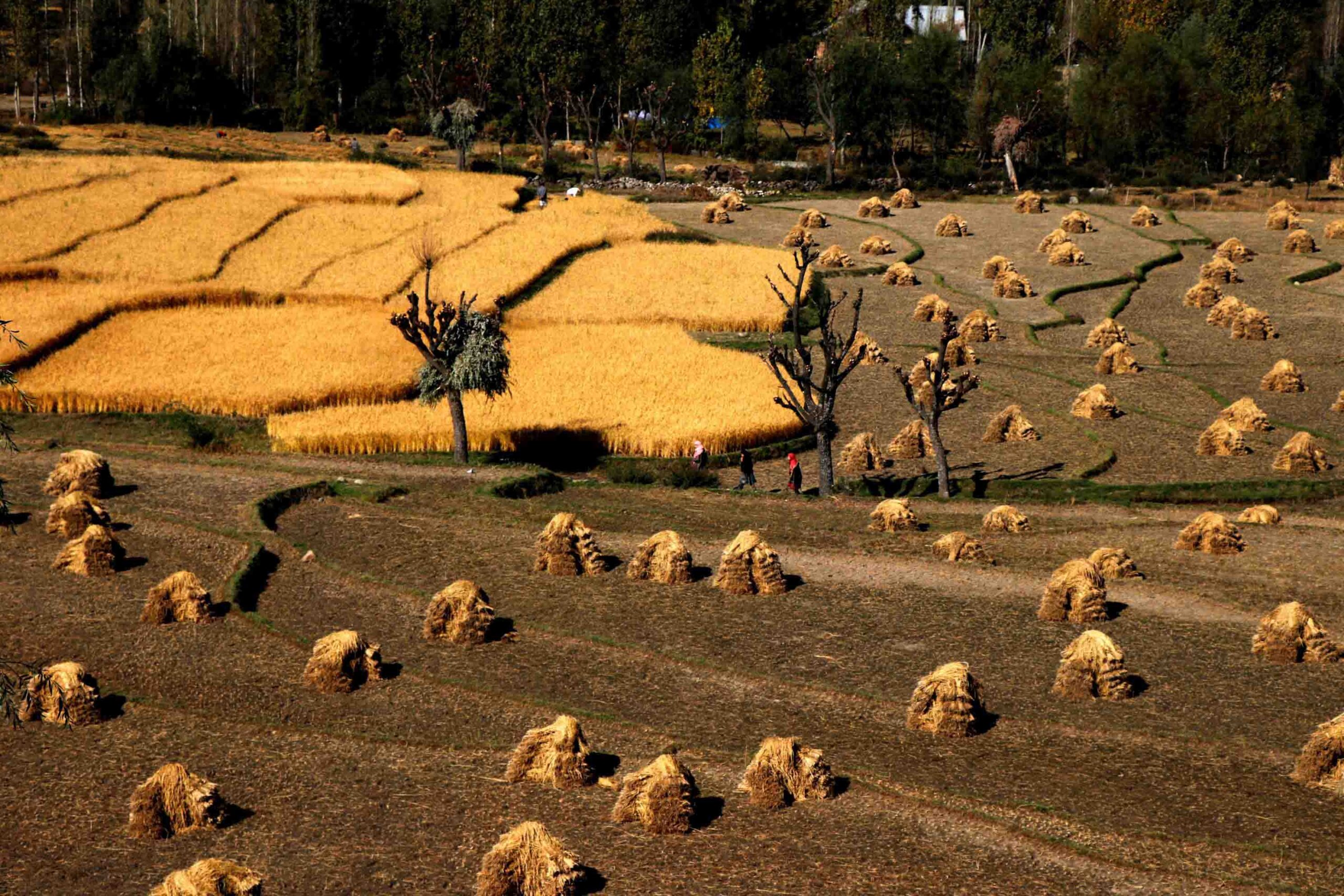
- India’s dairy industry produces over 2.5 times more wastewater than the milk it processes, posing a major but underreported environmental risk.
- Natural coagulants offer an organic alternative to conventional chemical treatments of wastewater.
- Experts stress the need for sustainable, reusable, and eco-friendly methods to manage dairy wastewater amid growing water scarcity.
India has been the world leader in milk production since 1998, currently accounting for nearly 25% of global output. In 2024 alone, the country produced over 239 million tonnes of milk. While the dairy sector plays a vital role in India’s economy and rural livelihoods, a lesser-known and underreported consequence is the vast amount of wastewater it generates, a significant but overlooked environmental challenge.
Studies show the volume of wastewater produced by the sector is about 2.5 times greater than the amount of milk processed. A significant amount of wastewater is also produced while processing raw milk into consumer items such as yoghurt, butter, and cheese. Although traditional wastewater treatments, which involve the use of chemicals, have been used for decades, their cost and environmental impact have been a cause for concern.
A new study published in Environmental Monitoring and Assessment proposes natural coagulants as an eco-friendly alternative. “There is an increasing demand for water across the world, so it’s important to find ways to clean wastewater in a way that supports ecosystem health and reduces pollution,” says Lipsa Mishra, lead author of the study and assistant professor, MIT World Peace University.
Enter natural coagulants
In their study, Mishra and her team used Carica papaya seeds, Citrus limetta peels (sweet lemon), and Moringa oleifera (drumstick) in powder form as natural coagulants. Papaya seeds can attach to particles in water and sink to the bottom. Citrus limetta peels can recover significant nutrients for recycling or reuse, while also improving water quality, the study explains.
Importantly, Moringa oleifera’s antibacterial properties help inhibit bacterial growth in water, improving water quality and reducing the risk of waterborne diseases. Natural coagulants also contribute to maintaining pH balance of water and lowering biochemical oxygen demand (BOD), chemical oxygen demand (COD), and turbidity levels, Mishra and colleagues note in the study. For instance, Moringa oleifera prevents oxygen loss from microbial breakdown and helps lower biochemical oxygen demand or BOD, which is necessary to maintain healthy aquatic habitats.

Biochemical oxygen demand (BOD) and chemical oxygen demand (COD) are essential parameters for assessing organic pollution in wastewater. BOD measures the oxygen required by microorganisms to decompose biodegradable matter, while COD quantifies the total oxygen needed to chemically oxidise both biodegradable and non-biodegradable compounds, the study explains. High levels of COD and BOD can suffocate aquatic life, as microorganisms rapidly consume oxygen while breaking down organic compounds, leading to oxygen depletion.
“When we dispose of dairy wastewater into water bodies without treatment, it causes eutrophication, and marine life and aquatic plants can’t sustain themselves in such an environment due to the lack of dissolved oxygen,” says Pragyan Das, assistant professor, Odisha University of Technology and Research. Das is also the author of a 2022 study Dairy wastewater and its potential for waste management.
Wastewater disposed in water bodies without treatment can also lead to harmful algal blooms that further deplete oxygen levels and inhibit aquatic plant growth. Moreover, toxic compounds like detergents and sanitisers in untreated dairy wastewater pose threats to aquatic ecosystems, the study elaborates.
Among the various dairy products, a 2016 study found that sweet whey was the most polluting dairy effluent. Its biochemical composition is rich in organic matter (lactose, protein, phosphorus, nitrates, and nitrogen) and is 60 to 80 times more polluting than domestic sewage.
Although the improper treatment of dairy wastewater is linked to high environmental risks, it often doesn’t receive the same attention as other industries. “Industries such as textiles, pharmaceuticals, coal mining, steel plants, and others release more visible hazardous pollutants or heavy metals. As a result, there are often more discussions about these compared to dairy wastewater,” notes Mishra.
The study showed that Citrus limetta peels achieved a 93.8% removal efficiency for BOD, while Carica papaya seeds and Moringa oleifera exhibited significant efficiency in turbidity and total dissolved solids (TDS) removal, reaching values of 94% and 68%, respectively. “Comparatively, alum was able to remove over 99% of turbidity but with high chemical sludge. However, papaya seeds, lemon peels, and drumstick powder showed over 93% efficiency with biodegradable sludge. Lemon peels performed the best in BOD removal with almost 94%,” Mishra elaborates.
Furthermore, plant-based coagulants not only offer cost-effectiveness but also present fewer environmental risks.

Large amount of waste water
Water is used in all processes in the dairy industry, including heating, cooling, and washing. Mishra estimates that around 3,000 litres of wastewater are generated per 1,000 litres of milk processed.
From high amounts of organic materials such as dissolved solids, suspended solids, oil and grease, to detergents and various chemicals such as benzene, mercury, zinc, ammonia, and chromium used during industrial cleaning, an array of effluents can be found in dairy wastewater. These can cause harm to marine life if not treated properly.
“The presence of high organic matter leads to high levels of BOD and COD, which can deplete oxygen in receiving water bodies if untreated wastewater is released. It creates hypoxic conditions that threaten aquatic life and disrupt nutrient cycling,” says Mishra.
Improper disposal of wastewater on land can lead to contamination of groundwater and deterioration of surface water quality. And if this wastewater is released into water bodies, they could become breeding grounds for flies and mosquitoes carrying malaria and other diseases such as dengue fever, yellow fever, and chikungunya.
Dairy wastewater, in particular, can be treated with physical, chemical and biological techniques. Another commonly used method is constructed wetlands. The large surface area of constructed wetlands facilitates an environment for removing pollutants such as organic matter, suspended solids, and nutrients. They are cost-effective and sustainable.
One of the most widely used chemical methods is coagulation. Coagulants such as alum (aluminum sulphate) and ferrous sulphate are conventionally used to treat dairy wastewater. However, the sludge they produce contains chemicals that can harm water bodies and ecosystems. To address this issue, recent research has been focused on finding alternative coagulants that are natural, safe for humans, biodegradable, and produce minimal sludge.

Treatment of dairy wastewater
A 2024 report by the Centre for Science and Environment reveals that less than one-third of India’s urban wastewater and sewage is treated. This means the rest flows into rivers, lakes, and land.
Mishra explains that in traditional methods of water or wastewater treatment, there are three stages: preliminary or primary, secondary, and tertiary treatments. In preliminary treatment, only heavy particles or floating materials are removed. In primary treatment, conventionally used coagulants such as alum and ferrous sulphate, which are easily available in the market, are added.
“These coagulants form sludge that settles at the bottom of the tank, which needs to be treated again before being released. Some dairy plants just remove the sludge and dispose of it on the ground, which contaminates the soil and causes pollution,” says Mishra.
Das further adds that chemical coagulants produce large amounts of sludge which can’t be reused. “The sludge only contains fatty acids, oil, and grease which shouldn’t be entering the environment. It should be treated again, but often that doesn’t happen,” she says.
However, as chemical coagulants are still widely used, the shift towards natural coagulants is a long journey. “Alum and ferric chloride are already available in the market on a large scale. To encourage the use of natural coagulants, there should be more awareness, and we require greater market availability of these materials,” Mishra says. She also emphasises that natural coagulants require extensive testing before widespread adoption.
The focus while exploring dairy wastewater treatment options should be on reuse, Das emphasises. “We live in the age of water scarcity. Dairy wastewater treatment shouldn’t just use eco-friendly methods but also focus on how to make the water reusable. For instance, my study on vermifiltration, in which earthworms are introduced into a filter bed to break down organic pollutants, showed this could be an effective alternative. After vermifiltration, the wastewater can be reused for purposes such as irrigation,” Das explains.
However, both Mishra and Das note a lack of research on dairy wastewater and sustainable treatment options. “More studies on how dairy wastewater affects the environment and the different ways of treating it, particularly more eco-friendly methods, could be beneficial for both humans and the environment,” says Mishra.
Read more: Researchers propose algae-based solution for wastewater treatment
Banner image: Workers unload milk cans at a dairy plant in Dimapur, Nagaland. Image by ILRI/Stevie Mann via Flickr (CC BY-NC-NC 2.0).



